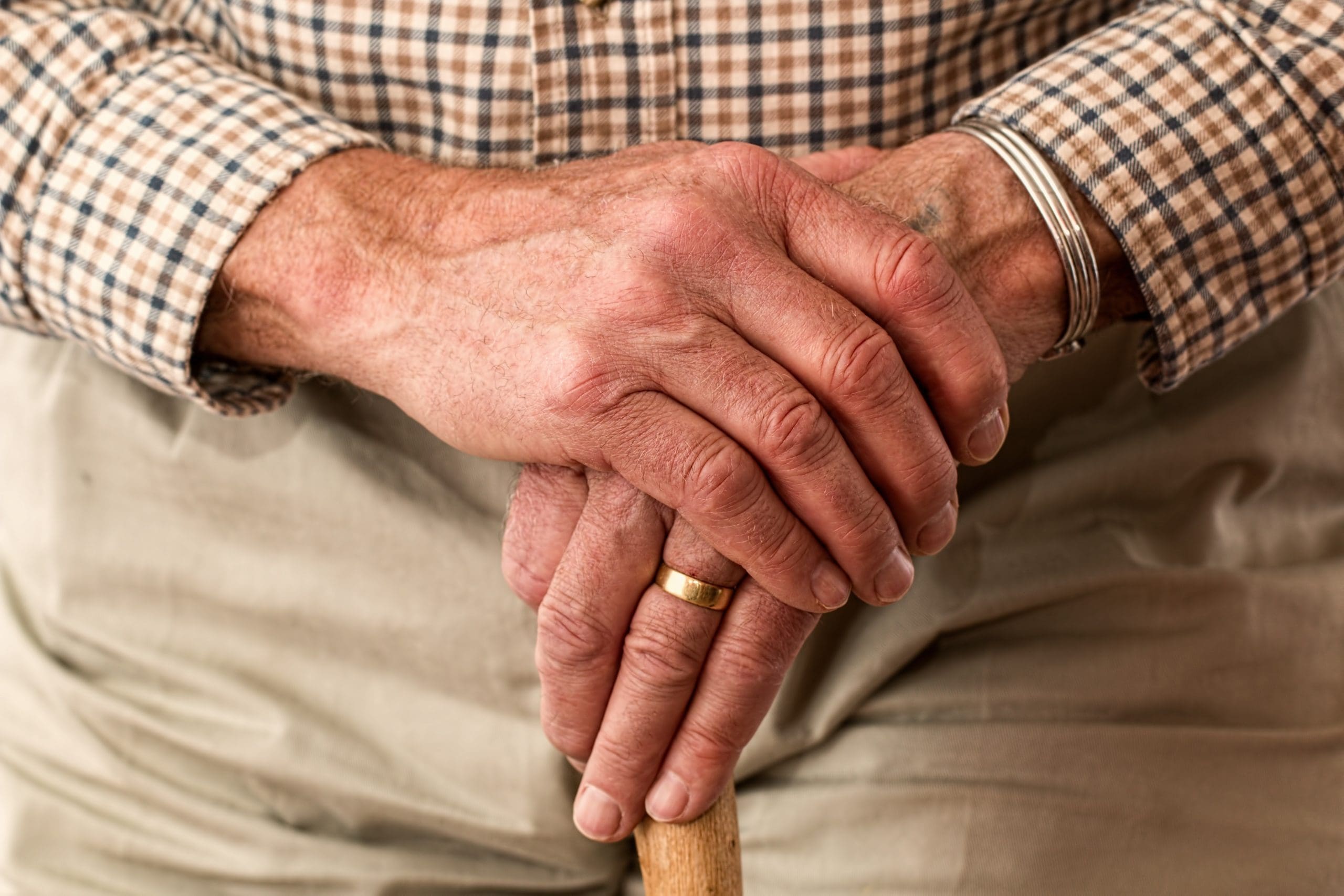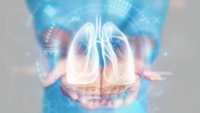America’s elderly population is expected to rise from 34 million in 2000 to approximately 70 million by 2030. To ensure optimal health outcomes for older adults, nurses in all settings should be familiar with geriatric health problems and demonstrate proficiency in providing care. Assessing the health needs of elderly patients can reduce their hospitalization rate and enhance their quality of life and independence. Information you obtain from an accurate assessment serves as the foundation for age-appropriate nursing care.
The nursing process addresses the full range of human experiences and responses to health. To become proficient in geriatric assessment, you need to understand the physiologic changes unique to this population, as well as the differences between normal aging-related changes and health alterations caused by illnesses and social changes.
This article highlights essential skills to use when assessing geriatric patients in any clinical setting. After describing how to assess the integumentary system, head, neck face, and musculoskeletal system, it explains how to evaluate the older adult’s functional status.
Obtaining the health history
Before the physical assessment begins, collect the health history by interviewing the patient (and family members, if needed). The data you gather will help you focus on particular areas of concern during the physical examination. (See the box below.) Review the health history you’ve obtained before you start the physical examination.
Interviewing the geriatric patient
To promote an efficient information exchange and enhance rapport with the patient, minimize distractions and speak clearly. Put the patient at ease by explaining the reason for the interview and giving a brief overview of how you’ll proceed.
A systematic collection of subjective data, the health history includes both current and past health status. Elicit the chief complaint by asking why the patient is seeking health care. Find out when the present illness or symptom began. Ask about past illnesses that required medical attention, as well as hospitalizations and other procedures. Find out if the patient has a history of cardiovascular, respiratory, renal, or neurologic disorders; diabetes mellitus; cancer; injuries; or falls. Be sure to document all prescription and nonprescription medications the patient takes, including names, dosages, and frequency.
Integumentary system
Most aging-related integumentary changes are easy to see—for instance, graying hair and wrinkled skin. Nonetheless, these changes aren’t always related solely to aging; some may stem at least in part from lifestyle and environmental factors.
Assessing the skin
Wrinkled skin results from loss of elasticity and turgor. With age, the skin gradually thins and loses density, making it more susceptible to bruising and tears. Inspect the skin for lesions and moles. When examining moles, look for irregular shapes; ask the patient if any moles have gotten bigger or changed color. Positive findings indicate the need for further evaluation by a primary care provider or dermatologist. Keep in mind that excessive sun exposure exacerbates aging-related changes and may lead to skin cancers such as melanoma.
Check for pressure ulcers. According to the National Pressure Ulcer Advisory Panel, pressure ulcer rates in hospitals range from 10% to 18%; in long-term care facilities, 2.3% to 28%; and in home-care settings, 0% to 29%. Pressure ulcers are most common on the sacrum, heels, and trochanters. Most experts believe they are preventable and stem primarily from decreased mobility and activity, insufficient caloric intake, and incontinence. The Centers for Medicare & Medicaid Services (CMS) no longer reimburses for care related to hospital-acquired pressure ulcers, so clinicians must be able to quickly identify at-risk patients and implement preventive strategies.
Assessing the hair
An aging-related decline in melanin production makes the hair less vibrant in color, leading to graying. Also, the hair thins; many older adults lose their hair altogether. Dermal vascular beds diminish with age as well, altering hair distribution patterns. Some men are genetically predisposed to baldness and may experience hair loss at younger ages.
Assessing the nails
Regardless of the patient’s age, nail surfaces normally are flat or slightly curved. Note their color, length, and cleanliness. Check for abnormalities. For instance, clubbing may indicate a cardiac or pulmonary disorder; pitting and transverse groves may signify peripheral vascular disease, arterial insufficiency, or diabetes. Brittleness may stem from decreased vascular supply, whereas yellow or brown nails may signal a fungal infection.
Head, neck, and face
The essential purpose of the skull is to protect the brain and other sensory organs from direct injury. Note the general size and shape of the patient’s head; are they appropriate to body size?
The head rests on the seven flexible vertebrae of the neck; the neck gives the head maximum mobility. Limited range of motion (ROM), as from arthritis or muscle weakness, can cause pain and discomfort in older adults. As you evaluate neck ROM, stay alert for reports of pain or dizziness or jerky or abnormal movements; these may be clues to health problems, such as fractured vertebrae, Parkinson’s disease, a transient ischemic attack, or stroke.
Assessing the face
Each individual has unique facial features, but environmental, racial, genetic, emotional, and nutritional factors greatly affect facial appearance and functioning. Note whether the patient’s eyes, eyebrows, nose, and mouth are centered and symmetrical. Asymmetrical features suggest a stroke. Look for appropriateness of affect and behavior.
Check facial skin for dryness, sagging, looseness, and wrinkling, which result from aging-related decreases in elasticity, subcutaneous fat, and moisture. (See the box below for tips on assessing vision and hearing.)
Vision and hearing assessmentVision can deteriorate with age. Older adults should have 20/40 vision or better. Such conditions as changing eye shape (presbyopia), cataracts, and glaucoma typically worsen with age. Because of structural changes in the eye, older adults may be more sensitive to glare; as a result, shiny surfaces may increase the risk of falls and result in injury. Encourage adults to get annual eye exams.Hearing loss is common in older adults and usually affects both ears. In general, older adults have more trouble hearing high-frequency sounds, such as consonants (especially p, s, and t) than low-frequency sounds, such as vowels. Refer patients with hearing difficulty to an audiologist.
Musculoskeletal system and functional status
Investigate for abnormalities suggested by the health history data, such as loss of balance, gait disorders, postural abnormalities, or inability to transfer from a chair to a standing position. If the patient is weak, with poor coordination, you may need to allot additional time for the functional examination.
Evaluate muscle groups for atrophy, tremors, and involuntary movements. ROM tests in older adults are similar to those used in other age-groups. However, inflamed joints may limit ROM in older adults. Inspect joints of the hands, wrists, knees, hips, and shoulders—areas more prone to arthritis. Note warmth, swelling, tenderness, crepitus, and deformities.
Maintaining independent functioning as long as possible improves quality of life—a fundamental principle of geriatric nursing. Assess the patient’s ability to perform activities of daily living (ADLs), including bathing, dressing, toileting transfer, continence, and feeding. You may want to use such tools as the Katz Index of independence in ADLs or the Barthel Index for functional evaluation.
Also assess more complex functioning skills such as those needed to perform instrumental ADLs (IADLs). These are activities that enable an individual to live independently, such as the ability to use the telephone, travel, shop, prepare meals, do housework, take medication appropriately, and manage money. Using the Lawton IADL assessment model can help you evaluate these activities and develop an appropriate plan of care.
Evaluating the patient’s fall risk
Conditions such as osteoporosis can increase an older adult’s risk of falling. Falls may lead to injuries with devastating effects, including decreased function, fractures, and sometimes even death. When assessing the patient’s fall risk, use a valid and reliable tool, such as the Morse Fall Scale or Tinetti Gait and Balance Assessment. With CMS no longer reimbursing for care related to patient falls, fall risk assessment and appropriate interventions are especially important.
Next steps
Use your assessment findings to develop an effective plan of care that focuses on geriatric-appropriate interventions and support services. Ongoing monitoring through routine follow-up gives you the chance to modify the plan as needed. If the patient’s assessment findings are abnormal, consider consulting a geriatric nurse practitioner or geriatrician.
References
Conroy S. Emergency room geriatric assessment—urgent, important or both? Age Ageing. 2008;37(6):612-613.
Gallo JJ, Fulmer T, Paveza GJ, Reichel W. Functional assessment. In: Gallo JJ, Bogner HR, Fulmer T, Paveza GJ, eds. Handbook of Geriatric Assessment. Sudbury, MA: Jones & Bartlett; 2000:109-110.
Hauer KA, Kempen GI, Schwenk M, et al. Validity and sensitivity to change of the Falls Efficacy Scales International to assess fear of falling in older adults with and without cognitive impairment. Gerontology. 2010;22:1-11.
Katz S, Ford AB, Moskowitz RW, Jackson BA, Jaffee MW. Studies of illness in the aged. The index of ADL: a standardized measure of biological and psychosocial function. JAMA. 1963;185:914-919.
Linos E, Swetter SM, Cockburn MG, Colditz GA, Clarke A. Increasing burden of melanoma in the United States. J Invest Dermatol. 2009;129(7):1666-1674.
Lyder CH, Ayello EA. Pressure ulcers: a patient safety Issue. In: Hughes RG, ed. Patient Safety and Quality: An Evidence-Based Handbook for Nurses. Rockville, MD: Agency for Healthcare Research and Quality; 2008.
Mauk KL. Gerontological Nursing: Competencies for Care. 2nd ed. Sudbury, MA: Jones & Bartlett; 2009.
Miller CA. Nursing for Wellness in Older Adults: Theory and Practice. 5th ed. Philadelphia, PA: Lippincott Williams & Wilkins; 2009.
Morse JM. Preventing Patient Falls: Establishing a Fall Intervention Program. 2nd ed. New York, NY: Springer Publishing Company; 2008.
Mundy GR. Osteoporosis and inflammation. Nutr Rev. 2007;65(12 Pt 2):S147–S151.
National Pressure Ulcer Advisory Panel Board of Directors; Cuddigan J, Berlowitz DR, Ayello EA, eds. Pressure ulcers in America: prevalence, incidence, and implications for the future. An executive summary of the National Pressure Ulcer Advisory Panel Monograph. Adv Skin Wound Care. 2001;14(4):208-215.
Naylor MD, Brooten DA, Campbell RL, et al. Transitional care of older adults hospitalized with heart failure: a randomized, controlled trial. J Am Geriatr Soc. 2004;52(5):675-684.
Ngian VJJ, Ong BS, O’Rourke F, Nguyen HV, Chan DKY. Review of a rapid geriatric assessment model based in an emergency department. Age Ageing. 2008;37(6):696-699. doi:10.1093/ageing/afn160.
Parker MG, Thorslund M. Health trends in the elderly population: getting better and getting worse. Gerontologist. 2007;47(2):150-158.
Sahyoun NR, Lentzner H, Hoyert D, et al. Trends in causes of death among the elderly. Aging Trends. 2001;(1):1-10. www.cdc.gov/nchs/data/ahcd/agingtrends/01death.pdf. Accessed May 25, 2011.
Sainsbury A, Seebass G, Bansal A, et al. Reliability of the Barthel Index when used with older people. Age Aging. 2005;34(3):228-232.
Tinetti ME, Williams TF, Mayewski R. Fall Risk Index for elderly patients based on number of chronic disabilities. Am J Med. 1986;80:429-434.
U.S. Department of Health and Human Services. Agency on Aging. Aging statistics. www.aoa.gov/AoARoot/Aging_Statistics/index.aspx. Accessed May 25, 2011.
Wallace M. Essentials of Gerontological Nursing. New York, NY: Springer; 2007.
Wallace M, Shelkey M. Katz Index of Independence in Activities of Daily Living (ADL). The Hartford Institute for Geriatric Nursing, New York University, College of Nursing. Revised 2007. http://consultgerirn.org/uploads/File/trythis/try_this_2.pdf. Accessed May 25, 2011.
Michael Cary is a doctoral student at the University of Virginia School of Nursing in Charlottesville. Courtney H. Lyder is Dean and Professor at the UCLA School of Nursing in Los Angeles.



















4 Comments.
This is a really great post! Thanks so much for sharing!
Who is the author?
Forgot to close your coding on vision and hearing assessment. Still needs
Nice article